Worst Cities for Allergies

Allergy season can feel like a marathon for those sensitive to pollen, mold, and weather changes. If your eyes water just thinking about spring, you’re not alone. Based on the Asthma and Allergy Foundation of America’s 2025 Allergy Capitals Report, which ranks cities by pollen count, medication usage, and allergy specialist availability, these are the most sneeze-inducing (and most breathable) cities in America.
1. Wichita, Kansas
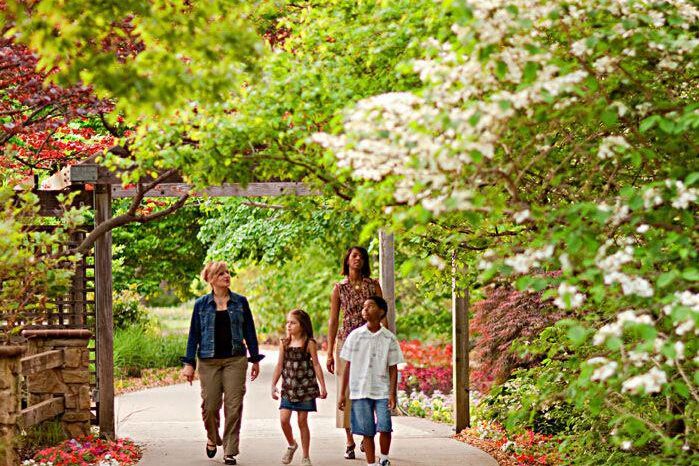
Wichita sits at the very top of the list for most challenging allergy cities in America. Residents here deal with intense ragweed, grass, and tree pollen seasons that seem to stretch on longer every year. With so many allergen-producing plants all around, it’s no wonder everyone here always has tissues handy. Doctors note that “Wichita experiences continuous spikes in all three major pollen categories, making it nearly impossible for allergy sufferers to catch a break”. Beyond the pollen, medication sales in Wichita are also higher than average, and not enough allergy specialists can help with the overwhelming demand. Spring and fall are particularly harsh, but even summer breezes can pick up enough pollen to keep your symptoms going. One expert explained, “Triple-digit ragweed counts are commonplace, and grass pollen can keep you inside even on the sunniest days”.
2. Dallas, Texas

Dallas is infamous for its unique challenge called cedar fever, which blindsides residents in late winter and early spring. The high cedar pollen blows in and triggers symptoms that feel like a stubborn cold, runny nose, itchy throat, and even fatigue. But the struggles don’t stop there. Come spring and summer, grass pollen begins to rise, keeping sensitive folks uncomfortable for months. The city’s long warm season allows allergens to linger, while humidity can cause other irritants like mold to appear. According to allergy experts, “Dallas regularly tops the charts for both cedar and grass pollen, creating extended periods where antihistamines are a daily necessity”. Even with a fair number of specialists in the area, many residents are left managing symptoms on their own, turning to over-the-counter medications and household remedies to keep up with the relentless triggers.
3. Scranton, Pennsylvania
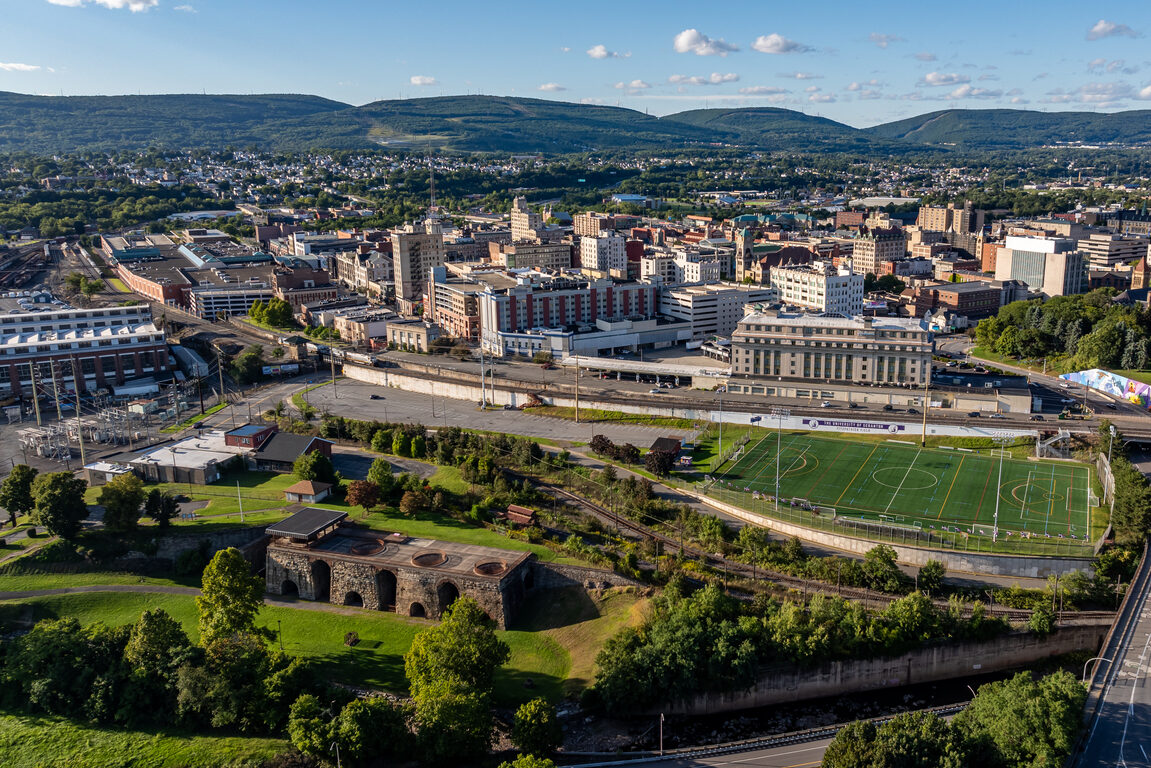
Scranton’s allergy woes stem from sky-high pollen levels paired with fewer healthcare options for allergy management. Each spring, tree pollen makes its debut just as grass grows thick, followed by persistent weed pollen in late summer and fall. This lineup means there’s barely a moment of relief. Due to limited access to specialists and high medication usage rates, those who react strongly to pollen face a season that feels never-ending. Local clinics report being particularly busy around April and September, noting, “Scranton’s location means it gets slammed with allergenic trees and recurring weed blooms that push pollen counts to some of the highest in the region”. If you live in Scranton, frequent cleaning of air filters and plenty of indoor time during peak periods have become expected ways to cope.
4. Tulsa, Oklahoma
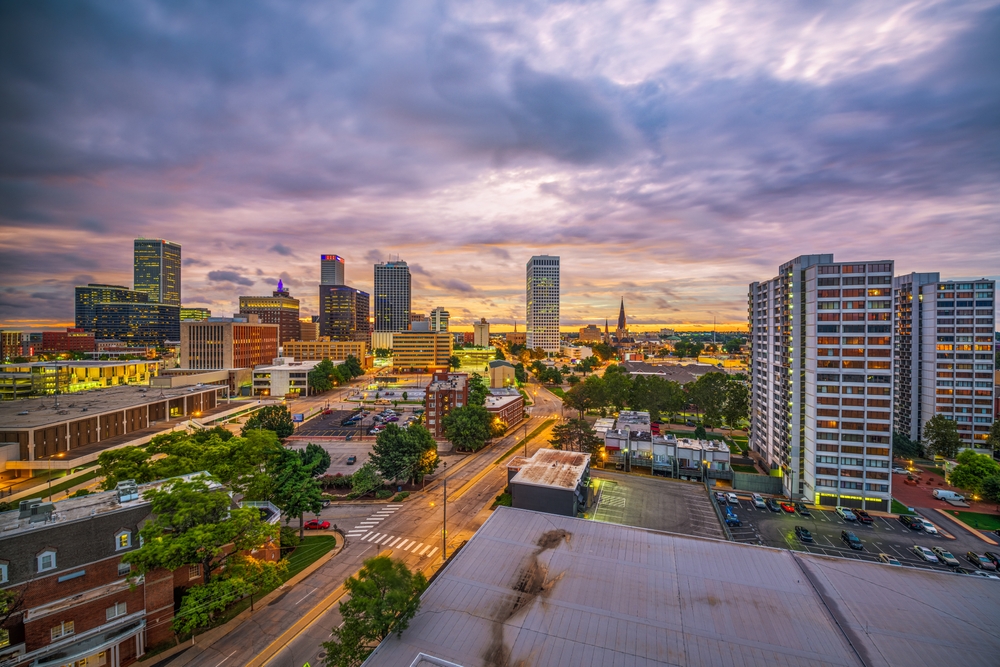
Springtime in Tulsa isn’t something most allergy sufferers look forward to. The blooms arrive with a vengeance thanks to warm, wet springs, filling the air with tree and grass pollen. Eventually, things dry up, but instead of relief, the fall winds sweep in to kick up mold and weed pollen, giving residents hardly any break. The city’s allergy season stretches through the majority of the year because the weather enables multiple allergens to coexist and even overlap. “Tulsa’s pollen isn’t just seasonal. It’s a year-round experience, and every change in breeze can mean another flare-up,” remarked one local specialist in the 2025 AAFA report. For those trying to manage symptoms, keeping windows closed and using air purifiers are more than just helpful tips, they’re a way of life.
5. Oklahoma City, Oklahoma

Living in Oklahoma City means learning to navigate a constant mix of dust, pollen, and the infamous Oklahoma wind, which seems to carry everything right to your doorstep. Allergy experts say that “peak times here are longer and more intense, often compounding discomfort for weeks at a time”. Tree and grass pollen take up most of the year, but the dry conditions also make dust a persistent problem. Many residents notice that their allergies act up no matter the month, and even brief outdoor outings can trigger symptoms. The city’s sprawl means that green spaces and open land are never far, so pollen has few barriers. Locals share that, “It’s not unusual to see homes stocked with allergy medicine, tissues, and humidifiers to get through the marathon allergy season.”
6. San Antonio, Texas

San Antonio is famous for its mountain cedar trees and oak pollen, two major allergen offenders that affect residents especially in late winter and spring. Mountain cedar pollen is known to cause severe respiratory symptoms, often called “cedar fever,” and San Antonio suffers from some of the nation’s highest pollen levels during this season. The city’s warm climate allows these allergens to appear early and linger longer than in many other places. Stuffy noses, watery eyes, and coughing are common complaints. Experts suggest that “the blend of oak and cedar pollen, combined with high humidity, creates a tough environment for allergy patients.” Even though some relief comes with rain, the overall pollen load makes allergy season very lengthy.
7. Dayton, Ohio
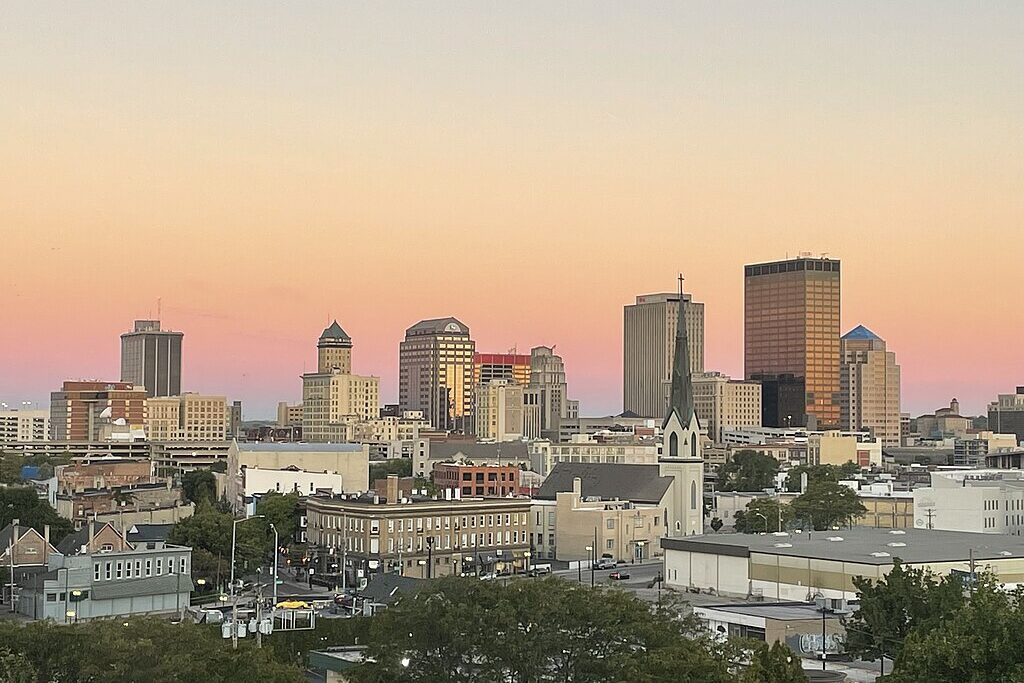
Dayton experiences a perfect storm of allergens in the spring and summer with spikes in mold, grass, and tree pollen happening almost simultaneously. The overlapping seasons mean allergy sufferers may hardly get any reprieve. These multiple triggers contribute to what many locals call “allergy overload.” Mold thrives in Dayton’s relatively humid environment, especially in warm months, which complicates symptoms. Healthcare providers in the area report many patients struggling with multi-allergen sensitivities. “The combo of wet weather and dense tree cover in Dayton makes it an unforgiving allergy city,” says a regional allergy specialist. Those affected often need comprehensive treatment plans to manage their symptoms.
8. Louisville, Kentucky

Louisville’s allergy difficulty largely comes from being surrounded by extensive forests and grassy areas. The abundance of trees and grasses means pollen is heavy in spring and summer, often leading to long-lasting and sometimes severe allergy flare-ups.Residents complain about persistent sneezing fits and itchy eyes triggered by the diverse mix of local plants. “Louisville is a hotspot for allergic rhinitis because of its lush green environment,” explains one allergist. The city’s position near rivers and humid summers also encourages mold growth, adding another layer to the allergy challenge.
9. Cleveland, Ohio

Allergen levels in Cleveland spike during both spring and fall due to its significant tree and mold spore counts. Tree pollen dominates the early months, making outdoor activities tricky for those with sensitivities, while fall introduces increased mold spores stirred up by fallen leaves and moist conditions. Cleveland’s seasonal changes, often wet and humid, help mold thrive and pollen persist longer into the year than in drier places. Doctors note that “the combination of tree pollen and mold spores in Cleveland leads to a prolonged allergy season, requiring sufferers to stay vigilant for much of the year.” This situation calls for year-round allergy management rather than seasonal treatment.
10. Virginia Beach, Virginia
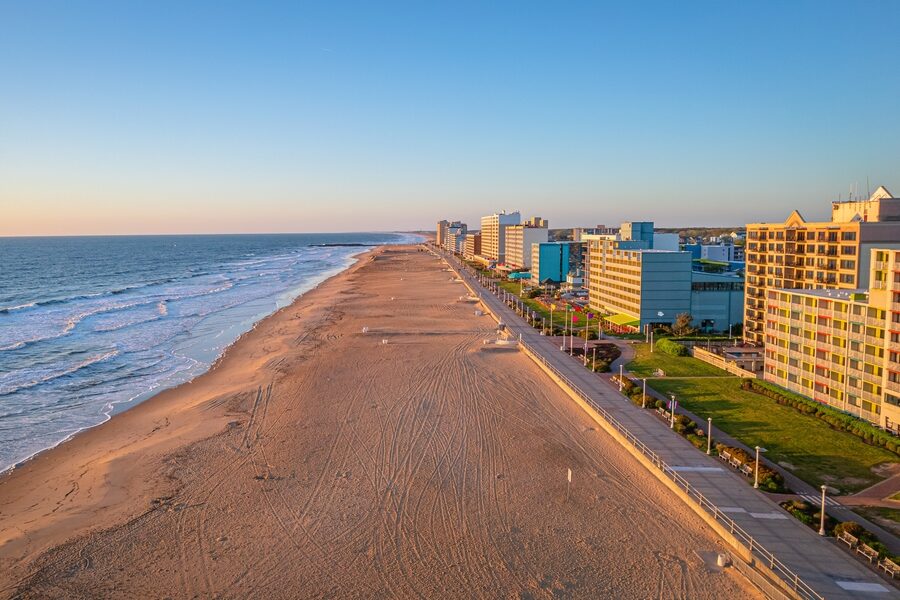
Though you might think ocean breezes would ease allergy symptoms, Virginia Beach still ranks poorly due to dense and aggressive spring blooms paired with heavy ragweed seasons in late summer and fall. The salt air doesn’t quite offset the volume of pollen in the region. Residents report feeling trapped in a cycle of congestion and watery eyes from spring trees and summer weeds. Allergists in the area warn that “while coastal air is cleaner in many respects, Virginia Beach suffers from thick pollen clouds and persistent ragweed that challenge even well-prepared allergy patients.” Managing symptoms here demands both medication and environmental awareness year-round.
11. Baton Rouge, Louisiana
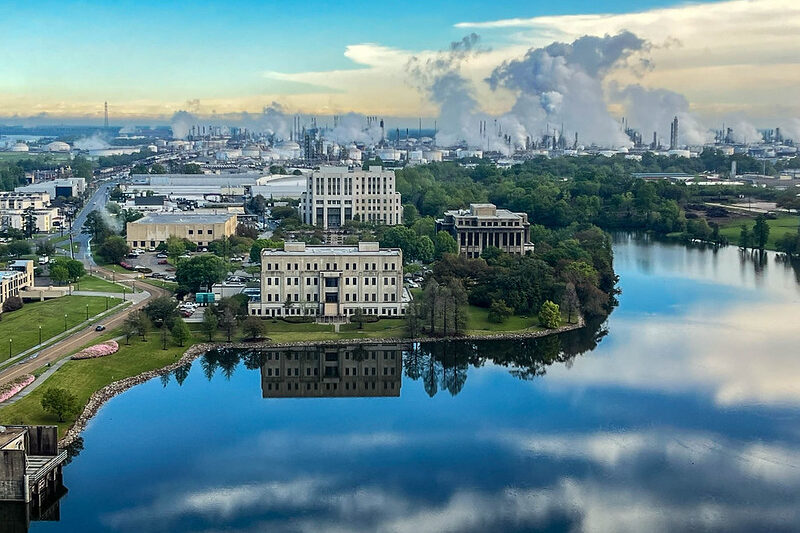
Baton Rouge struggles with mold and humidity that hang around year-round, making the air heavy with allergens for much of the year. The warm, damp climate encourages mold spores to flourish inside and outdoors, creating a persistent irritation for allergy sufferers. Unlike cities with a defined pollen season, Baton Rouge residents often face allergy issues in every season. Doctors point out that “the combination of constant high humidity and frequent rainfall creates an ideal environment for mold growth,” which in turn worsens symptoms like congestion and wheezing. With mold being such a dominant trigger, many locals find that managing indoor air quality with dehumidifiers and regular cleaning is critical to feeling better.
12. Columbia, South Carolina
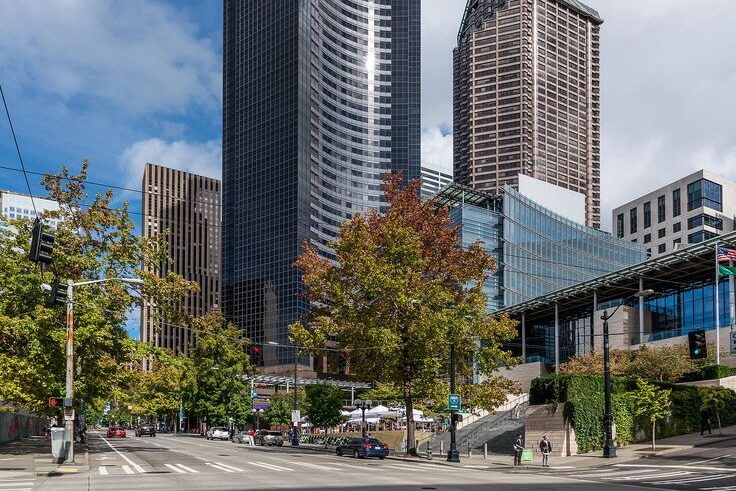
Columbia earns its spot on the list due to a seemingly endless pollen calendar that produces allergens nearly every month. Trees, grasses, and weeds all contribute through long growing seasons fueled by the warm Southern climate, making allergy relief hard to find. Allergy specialists explain that “Columbia’s year-round pollen production means patients often don’t get a true break.” This constant exposure can lead to chronic symptoms and even worsen cases of asthma for sensitive individuals. Residents here often rely heavily on allergy medications and lifestyle adjustments, like limiting outdoor activity during peak pollen hours, to get through the difficult months.
13. Memphis, Tennessee
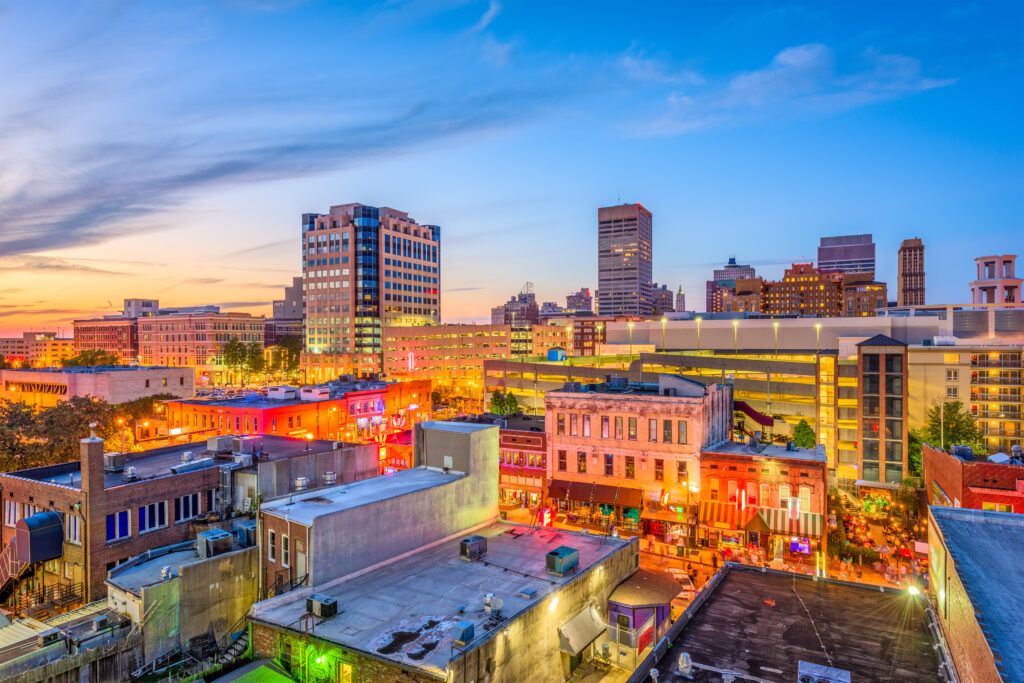
Memphis combines a warm climate with extended pollen seasons to keep allergy sufferers on edge much of the year. Trees, grasses, and ragweed flourish here, and the mild winters mean pollen counts start early and end late, stretching what many feel is a nearly year-round battle with allergens. Experts note Memphis’s “long pollen seasons and generally warm, humid conditions create the perfect storm for allergies to thrive.” Many residents share that their symptoms flare up repeatedly from early spring through fall, with only brief respites. Wearing masks on high pollen days and using air purifiers have become common advice to reduce exposure in homes and workplaces.
Allergy season isn’t just a few months for many people, it can be a year-round struggle depending on where you live. Knowing which cities carry the greatest burden can help people make informed decisions about their health and lifestyle.
Best Cities for Allergies
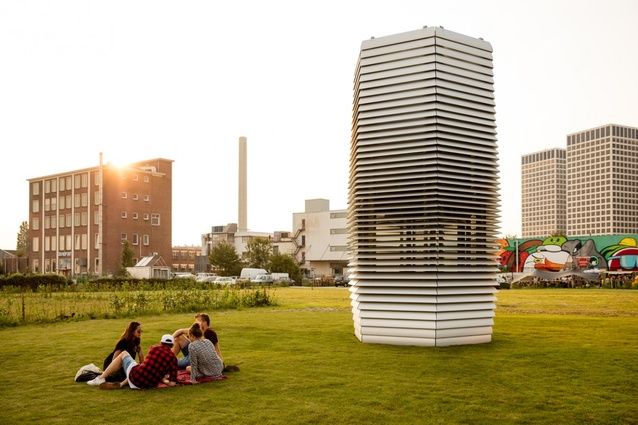
After covering the toughest spots where allergies make life difficult, let’s shift gears to places that offer the opposite experience, cities where many find allergy relief thanks to climate, vegetation, and environmental factors. These locations tend to have lower pollen counts, shorter allergy seasons, or weather that helps clear allergens, providing a breath of fresh air for allergy sufferers.
1. Seattle, Washington
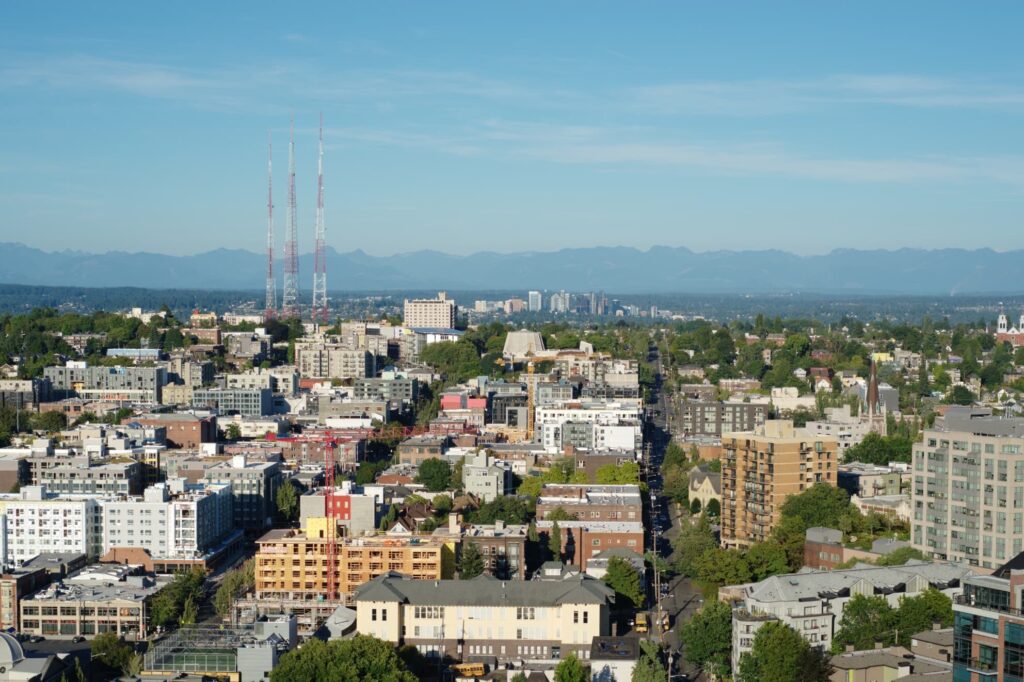
Seattle’s reputation for frequent rain and mild temperatures works to its allergy advantage. The regular precipitation washes away pollen, keeping outdoor allergens at consistently low levels throughout the year. Frequent cloud cover and cooler temperatures limit plant growth cycles, which means less pollen in the air. Allergy experts note that “Seattle’s combination of damp climate and moderate weather greatly reduces the pollen burden.” For those with sensitivities, this means fewer days stuck indoors with itchy eyes and sneezing. Furthermore, the city’s abundance of allergy specialists complements the environmental benefits, making Seattle a top choice for allergy relief.
2. San Francisco, California

San Francisco benefits from its strong ocean air currents and temperate climate, which together help keep allergens like pollen and mold spores at bay. The cool marine layer and consistent breezes sweep away airborne particles before they accumulate. Because San Francisco has a relatively mild seasonal temperature fluctuation, the blooming seasons of trees, grasses, and weeds are shortened and less intense. This natural air circulation and climate moderation help allergy sufferers enjoy more comfortable days without the usual springtime overload. Doctors often recommend San Francisco as a top city for those seeking reduced allergy symptoms.
3. San Diego, California

Thanks to its steady coastal breezes and low humidity, San Diego enjoys minimal blooming seasons and fewer allergen triggers compared to many other U.S. cities. Its Mediterranean climate prevents rapid pollen accumulation, and the dry air limits mold growth. Residents here typically experience mild allergy seasons with less severity. The city’s environment provides a natural barrier to many common allergens, and medical professionals recognize San Diego for its lower allergy medication use rates. For allergy-prone individuals, San Diego offers a more tolerable climate all year round.
4. Portland, Maine
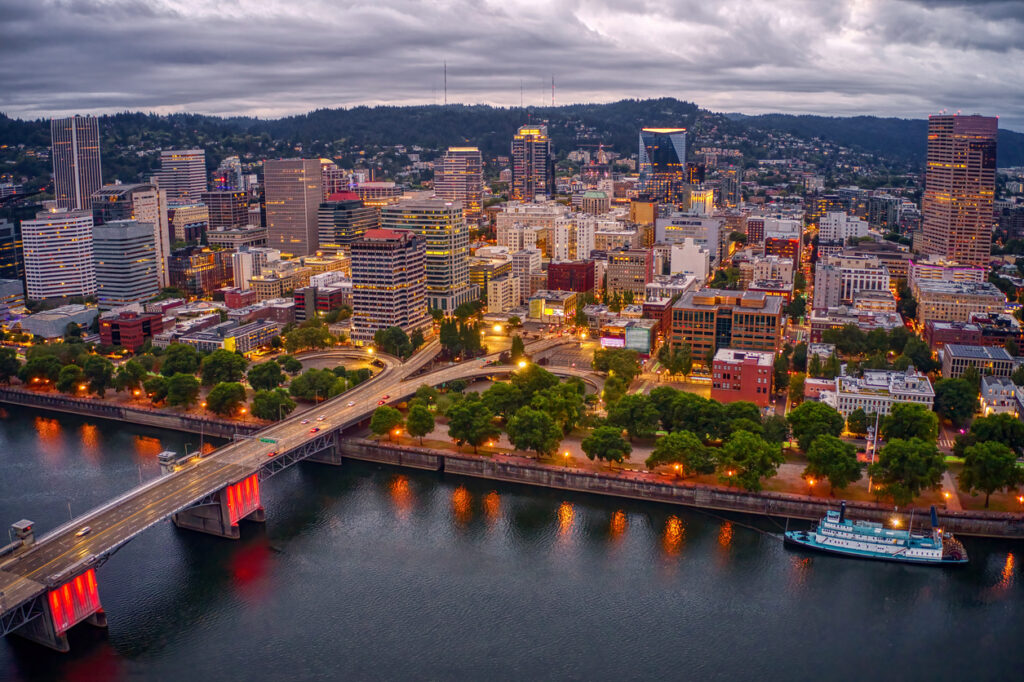
With its northern location and cooler climate, Portland experiences shorter growing seasons that limit the production of pollen and other allergens. The cooler air delays the onset of spring blooms and compresses the allergy season significantly. Moreover, the lower humidity prevalent in Portland helps reduce mold spore proliferation, another common allergy trigger. Healthcare specialists often observe that patients in Portland report fewer and milder symptoms during pollen seasons. For people wanting relief grounded in natural climate advantages, Portland stands out as a top contender.
5. Boise, Idaho
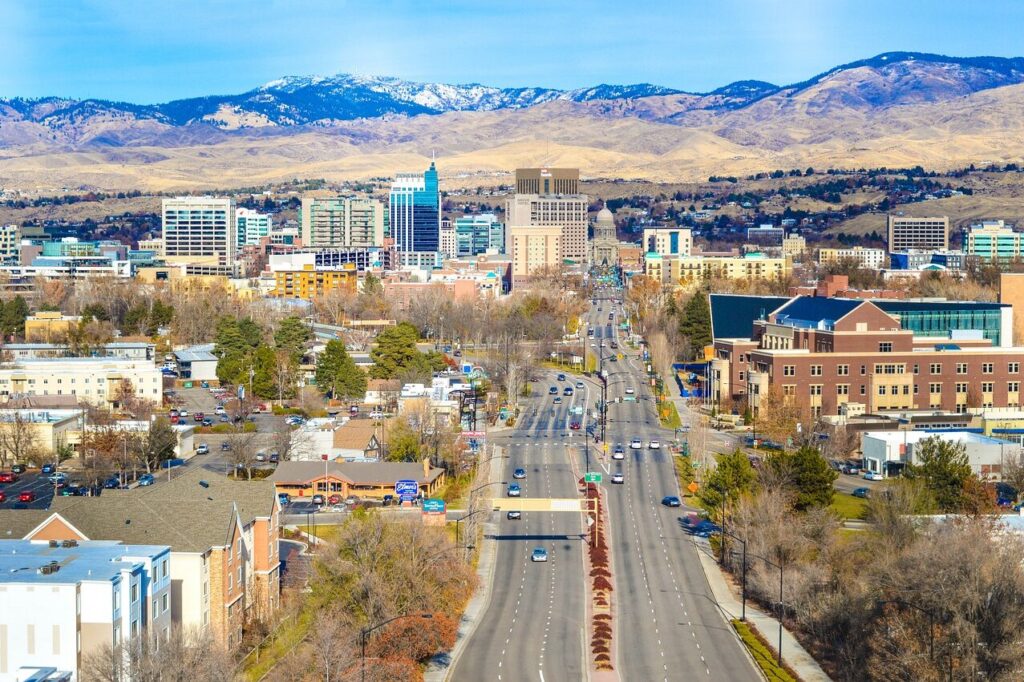
Boise’s dry climate and limited pollen-producing vegetation create an environment less conducive to severe allergies. The arid conditions suppress mold and reduce the pollen load outdoors, making it easier for allergy sufferers to breathe freely. The city’s landscape, dominated more by sagebrush and desert plants than allergenic trees or grasses, lightens the typical pollen pressures found in more temperate or humid regions. Medical professionals highlight Boise’s overall low allergy medication use and seasonal relief as key benefits of its geography and climate. It’s a quiet reprieve for those chasing an allergy-friendlier locale.
6. Colorado Springs, Colorado

Colorado Springs benefits from its higher altitude and relatively dry climate, which means fewer mold spores and lower pollen counts. The thin, crisp air discourages allergens from thriving compared to more humid areas. Residents also notice shorter and less severe allergy seasons thanks to these natural conditions. Doctors report that “the elevation really helps suppress airborne allergens, giving Colorado Springs an edge over many other U.S. cities with similar vegetation.” If you struggle with allergy flare-ups, this city’s climate can help reduce symptoms and offer more comfortable outdoor experiences most of the year.
7. Anchorage, Alaska
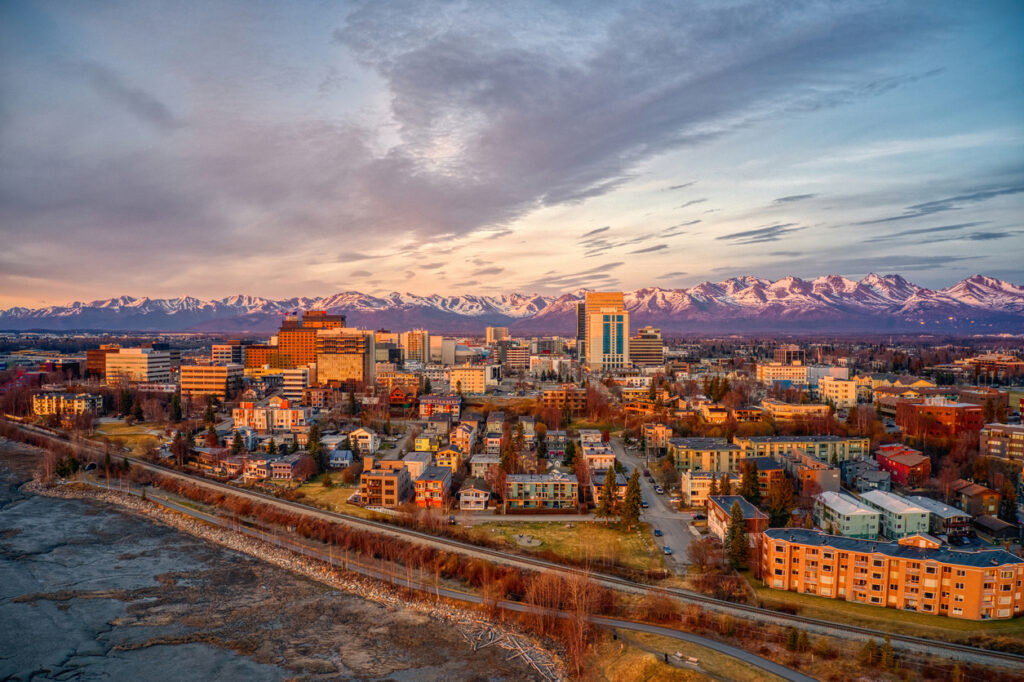
Anchorage is one of the most allergy-friendly places in the country because of its very low pollen-producing vegetation and cooler temperatures. The growing season is short, which naturally limits pollen production and means allergy seasons are brief or negligible. The cool and moist climate also reduces mold spore counts, and fewer allergenic plants are native to this far-north area. Specialists highlight that “Anchorage’s unique environment makes it one of the lowest pollen count cities in the United States.” Allergy sufferers here often find it easier to spend time outdoors without the usual irritations found elsewhere.
8. Spokane, Washington

Spokane features cooler, drier weather patterns that help keep pollen and mold spores suppressed for much of the year. The city experiences mild growing seasons and fewer allergen-laden plants compared to more humid or southern regions. Health professionals often point out that “the climate in Spokane reduces exposure to the most common allergens, which helps residents manage symptoms better.” For those allergic to pollen and mold, Spokane offers a gentler allergy season and a clearer path to everyday comfort.
9. Buffalo, New York

Buffalo’s long, cold winters act like a forced allergy break each year by sharply limiting pollen production for many months. The shortened growing season means trees, grasses, and weeds have less time to produce high pollen counts. Medical experts observe that “Buffalo’s prolonged freeze periods naturally reduce the length and intensity of allergy seasons.” While allergies still occur seasonally, people living here enjoy significant relief from the long winters that delay and diminish pollen-related symptoms compared to warmer areas.
10. Minneapolis, Minnesota
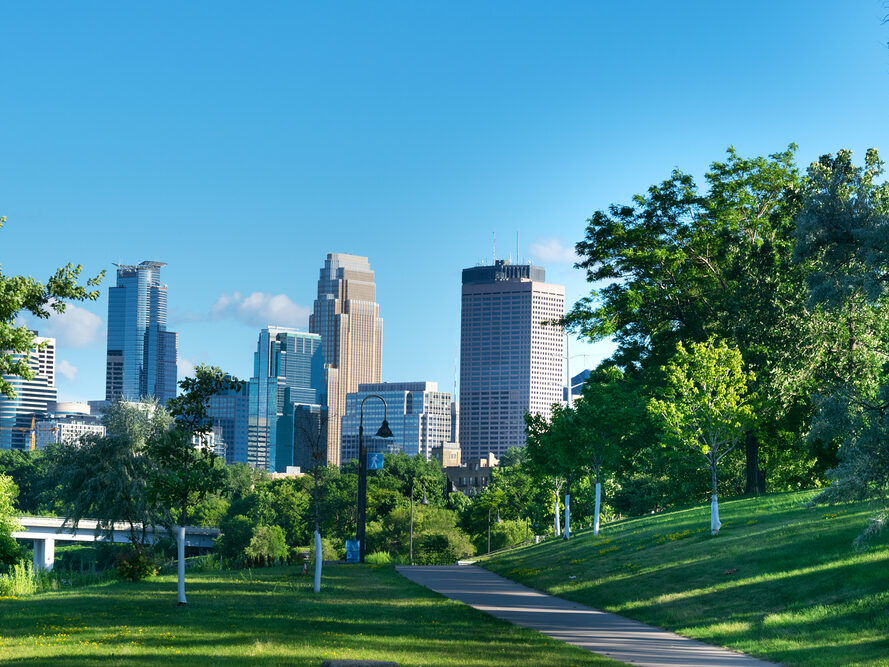
Like Buffalo, Minneapolis benefits from cold temperatures and short growing seasons that limit the amount of pollen in the air. The long winters slow plant cycles and keep the allergy season tighter and less intense than in many regions. Doctors explain that “Minneapolis’s climate is advantageous for allergy sufferers because it restricts plant growth and pollen spread.” The short burst of spring and summer pollen means residents know when to prepare and often have more allergy-free months throughout the year.
11. Salt Lake City, Utah

Salt Lake City’s allergy profile is somewhat unique. While the city faces some challenges with air quality due to industrial and vehicle pollution, it consistently maintains relatively low pollen levels. This is thanks primarily to its dry climate and geographical position, which discourage the extensive growth of allergenic plants. Though locals may need to watch out for occasional bursts of pollen, overall, Salt Lake City offers a reprieve from heavy seasonal allergens common in more humid or forested areas. Specialists often highlight that “pollen levels in Salt Lake City stay moderate, allowing many allergy sufferers to enjoy more comfortable outdoor activities.”
12. Detroit, Michigan
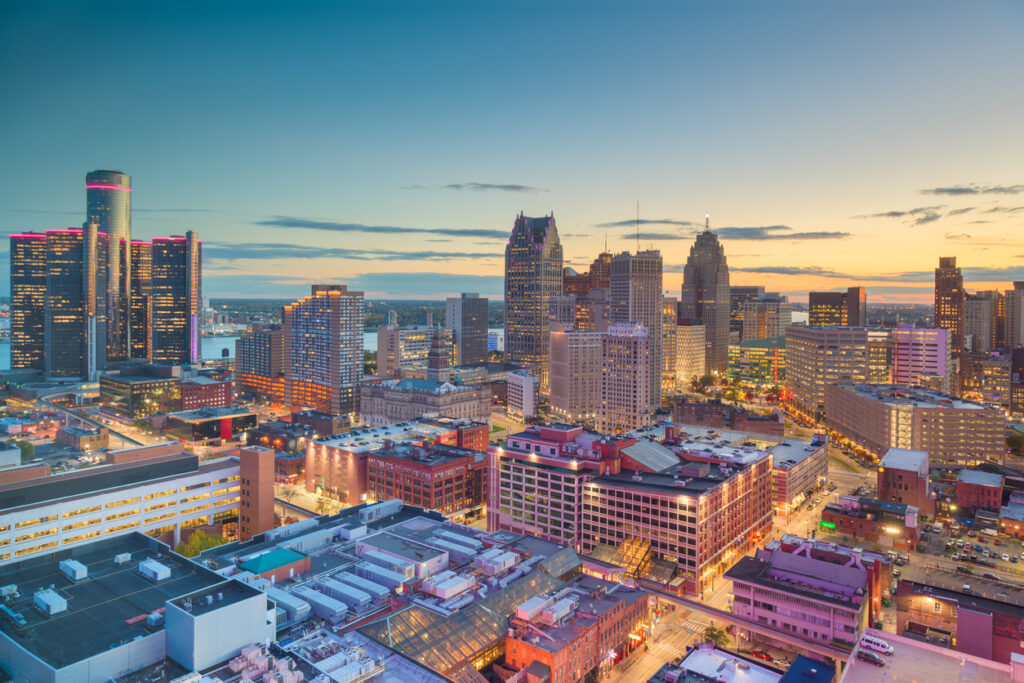
Detroit benefits from urban landscaping and limited green space that contribute to shorter and less intense allergy seasons. The city’s industrial nature and cooler climate shorten the growing period for many pollen-producing plants, which means residents typically experience reduced exposure. Healthcare providers note that “the combination of urban environment and seasonal shifts results in lower pollen counts in Detroit compared to surrounding rural areas.” Allergy sufferers in the city often find relief relative to other places with more vegetative abundance and longer pollen seasons.
13. Honolulu, Hawaii
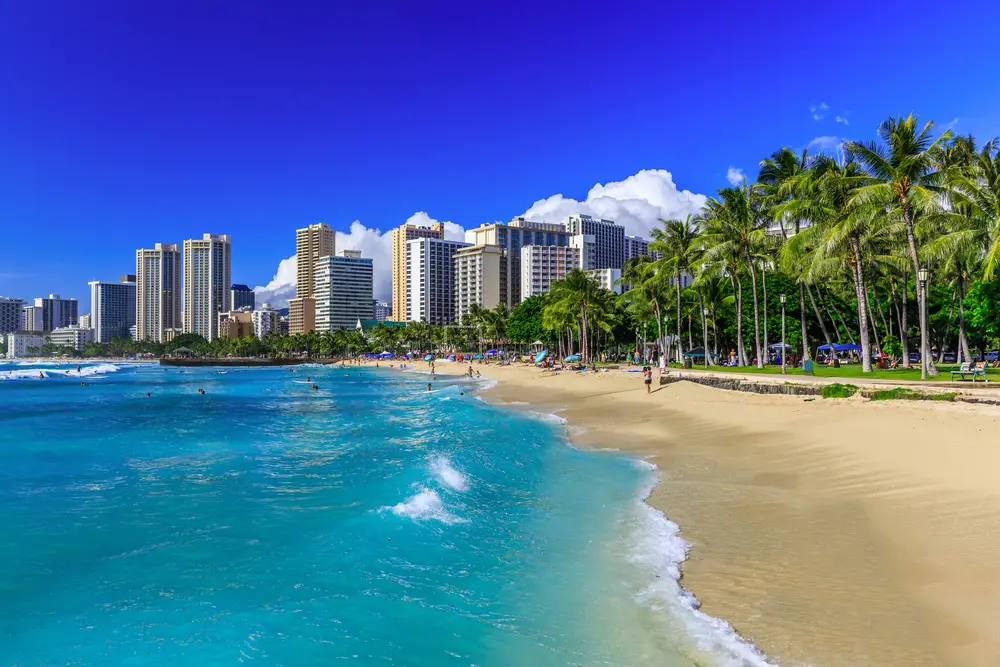
Honolulu is an excellent example of a city where climate acts as a natural allergy barrier. The constant ocean winds keep pollen and mold spores dispersed, preventing buildup and reducing allergen exposure. Additionally, Honolulu’s tropical climate results in a low diversity of allergenic plants, further easing allergy symptoms. Allergy specialists agree that “year-round mild temperatures and steady air circulation make Honolulu uniquely low in airborne allergens.” Residents and visitors alike benefit from this environment, often finding that allergies are minimal throughout the year with very few flare-ups.
These final cities on the “best for allergies” list prove that a combination of climate, geography, and urban planning can help reduce the burden of allergies. Whether it’s the ocean breeze of Honolulu or the dry air of Salt Lake City, nature plays a huge role in shaping how comfortable life can be for allergy sufferers. If you’re seeking a place to breathe easier, these places deserve a close look.
This story The 13 Worst Cities for Allergies in the U.S. And the 13 Best, According to Allergy Experts was first published on Daily FETCH


